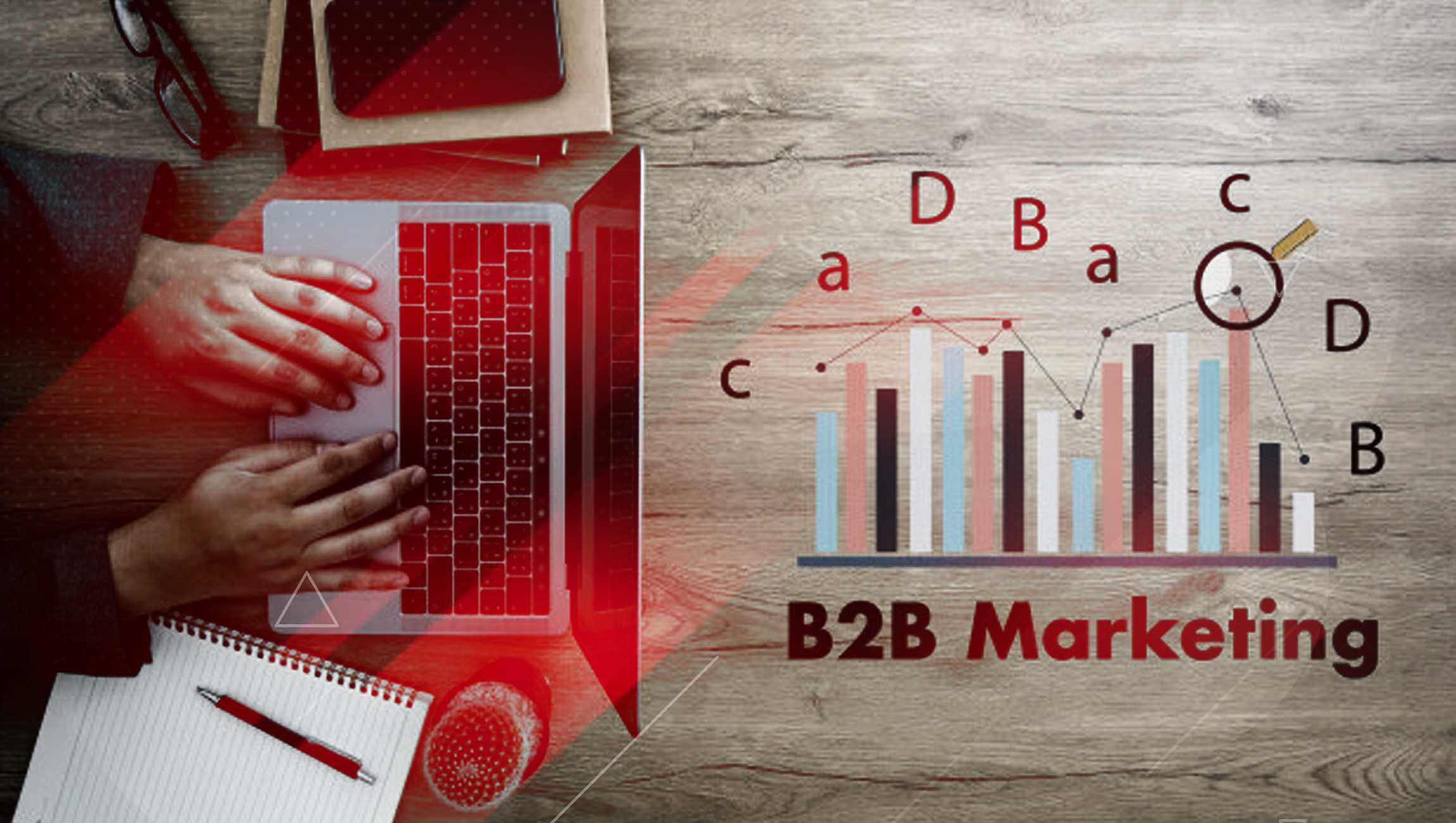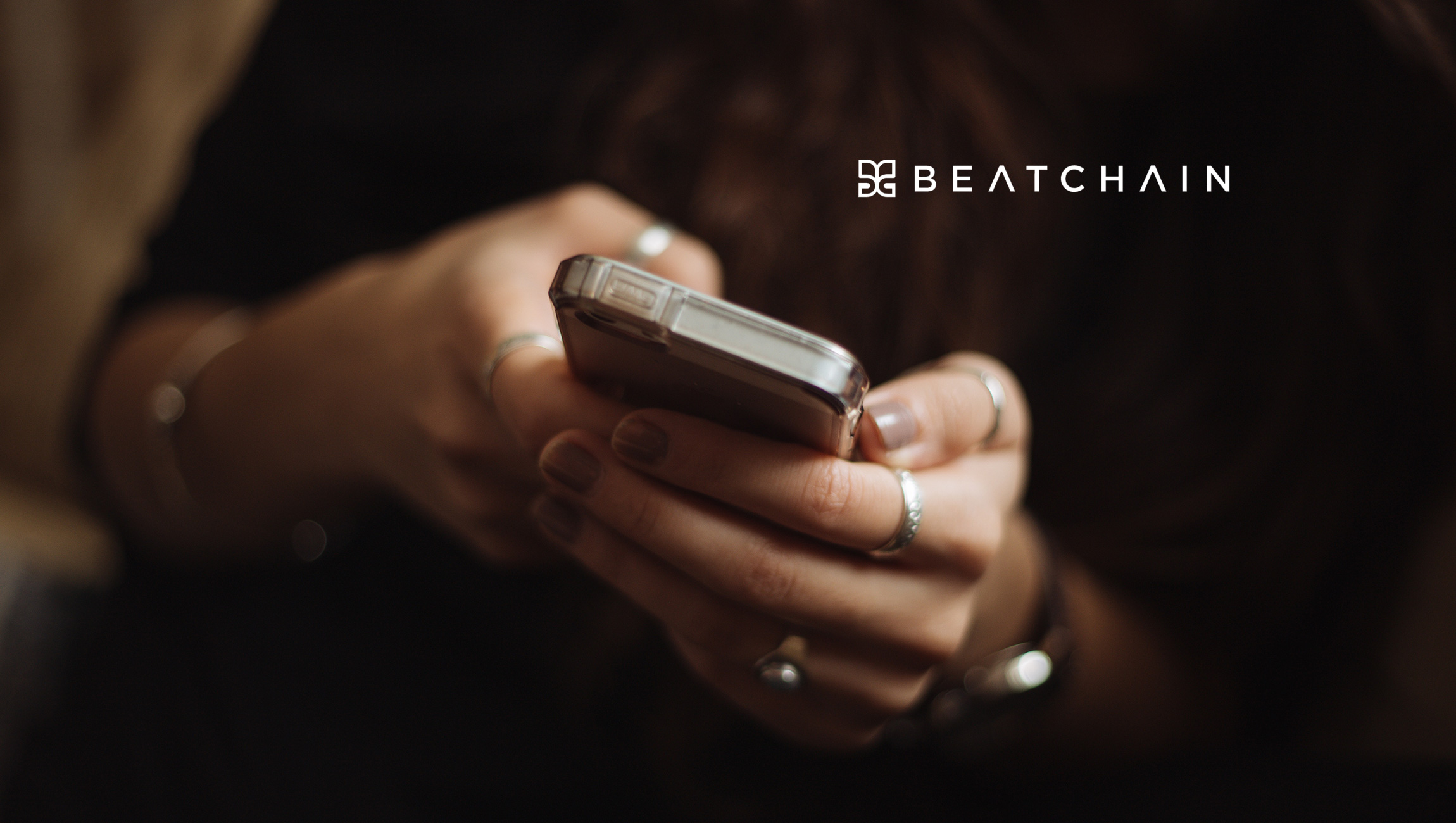![]() B2B marketers have never been accused of being flashy or adventurous. Most of the time, they focus on driving measurable results in the most efficient way possible. That usually entails Content Marketing, Account-Based Marketing (ABM) or even direct Mail. Out-of-home (OOH) advertising, on the other hand, has traditionally been thought of as a consumer Marketing tactic. But that is changing, especially for technology companies.
B2B marketers have never been accused of being flashy or adventurous. Most of the time, they focus on driving measurable results in the most efficient way possible. That usually entails Content Marketing, Account-Based Marketing (ABM) or even direct Mail. Out-of-home (OOH) advertising, on the other hand, has traditionally been thought of as a consumer Marketing tactic. But that is changing, especially for technology companies.
Businesses like Zoom, ZoHo, Zendesk, Cisco and Salesforce—to name just a few—have all invested in OOH advertising to drive brand awareness and recall, reinforce brand messaging, support their Sales team and reach and engage new audiences. B2B OOH spending is on the rise—and it’s poised for continued growth. Here are a few reasons why.
1. It Works
For starters, OOH is effective. Brands are driving results with OOH campaigns, and companies of all types are taking notice. According to the 2019 Nielsen Out-of-Home Advertising Study, 90 percent of U.S. residents age 16 or older noticed some form of OOH advertising in the last month, with billboards and wrapped vehicles ranking as the most noticed forms. On average, 81 percent of people who noticed a specific OOH advertising in the past month engaged with the messaging, and two-thirds of viewers used their smartphone in response to an OOH ad.
B2B marketers know there are people behind the companies they are courting—people who find pop-up ads and autoplay videos annoying and disruptive. So, marketers are looking for new ways to stand out in the saturated digital landscape, and to connect with audiences while respecting their preferences. As such, a growing number will consider OOH.
Many B2B technology companies use OOH as part of their advertising program leading up to an IPO, which also contributes to the uptick in OOH expenditure. Compare brands that invest in advertising before an IPO, like Zoom, to those that do not, and you will see a positive correlation between stock performance and brand spend. It’s not the only factor, of course, but smart advertising helps companies connect with investors and build confidence in the brand.
2. It’s Easier to Buy Than Ever Before
The Digitalization of OOH is about far more than the billboards themselves. Buyers can now purchase OOH impressions using digital tools like AdQuick, a platform that makes it easy to plan, purchase and measure outdoor advertising; the Rubicon Project Exchange, which makes digital billboard inventory available to programmatic buyers via a private marketplace; and Adelphic, a self-service platform for cross-channel programmatic advertising.
The ease of buying has expanded OOH use cases and made it easier to execute traditional OOH campaigns. Since it is so simple to purchase, a company might be more apt to buy a billboard near its headquarters to bolster employee morale, for example. Or, B2B brands can support their Sales team by launching OOH campaigns where enterprise prospects have offices. This creates brand ubiquity in those areas and helps to grease the wheels for the Sales team.
Some agencies are building their own tools for planning and buying OOH media, which also contributes to OOH spending. For example, Horizon Media launched AMP, an OOH audience targeting platform that helps the agency make more informed buying decisions.
3. It’s Now Measurable
The third reason B2B buyers are looking to OOH is that it checks an important box for them: in 2019, OOH is measurable. Using technology and data, brands can target and measure impressions; attribute online and offline activity to OOH advertising exposure; and retarget people who have seen OOH ads. In fact, OOH measurement is more accurate than many other forms of media. The most sophisticated measurement tools track impressions that were actually viewed, as opposed to impressions that could have been viewed, i.e., viewable impressions.
OOH is evolving from an upper-funnel tactic to a mid-funnel, performance-based strategy—the type of advertising B2B brands are more apt to invest in. It’s effective, easy to buy and entirely measurable. For all these reasons, a growing number of B2B marketers are jumping on the opportunity to incorporate OOH into their media plans to drive brand awareness and to deliver measurable advertising results.
Read more: How DOOH Analytics Are Changing the Marketing Playbook




Comments are closed.